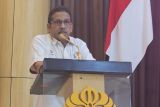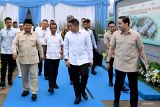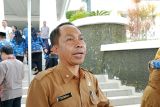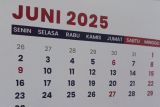Samarinda, E Kalimantan (ANTARA) - Dayak woman with traditionally elongated earlobes, Yeq Lawing, became a center of attention at the "Long Ears Through the Lens" exhibition in the Netherlands.
In a statement on Tuesday, the chairperson of the cultural exhibition's committee, Yani Saloh, said that the event aimed to showcase the Dayak long-ear tradition.
The ethno-photography exhibition by Ati Bachtiar, which was held on May 31–June 10, featured a cultural performance, a short film screening, and cultural and identity dialogue. It gathered the Dutch community and the Indonesian diaspora together with the goal of preserving cultural heritage.
The exhibition was held on May 31–June 1 at the Hague Sophiahof Museum, on June 1–2 at the Pasar Indonesia De BroodFabriek in Rijswijk, on June 5 in Rotterdam, on June 6 at the Indonesian Embassy in The Hague, and on June 8–9 at Taman Indonesia Dierenpark.
The Indonesian Ambassador to the Netherlands, Mayerfas, invited the long-ear team to enliven the Pasar Indonesia event in Rijswijk city on June 1–2. Thereafter, the team performed for two consecutive days in front of thousands of spectators, who were entertained by traditional music performances by Sape Uyau Moris and traditional dances.
Baca juga: Para perempuan penjaga harmonisasi alam dari Dayak Iban
Baca juga: Capres Prabowo sebut budaya masyarakat adat harus dilindungi secara optimal
The event attracted around 19,000 visitors, according to Saloh.
"There was high enthusiasm from the spectators, either Dutch or Indonesian citizens living in the Netherlands," she added. "We hope this exhibition will strengthen the spirit of Indonesian cultural preservation, diversity, and the Dayak identity among the young people."
Dayak long-ear tradition exhibited in Netherlands
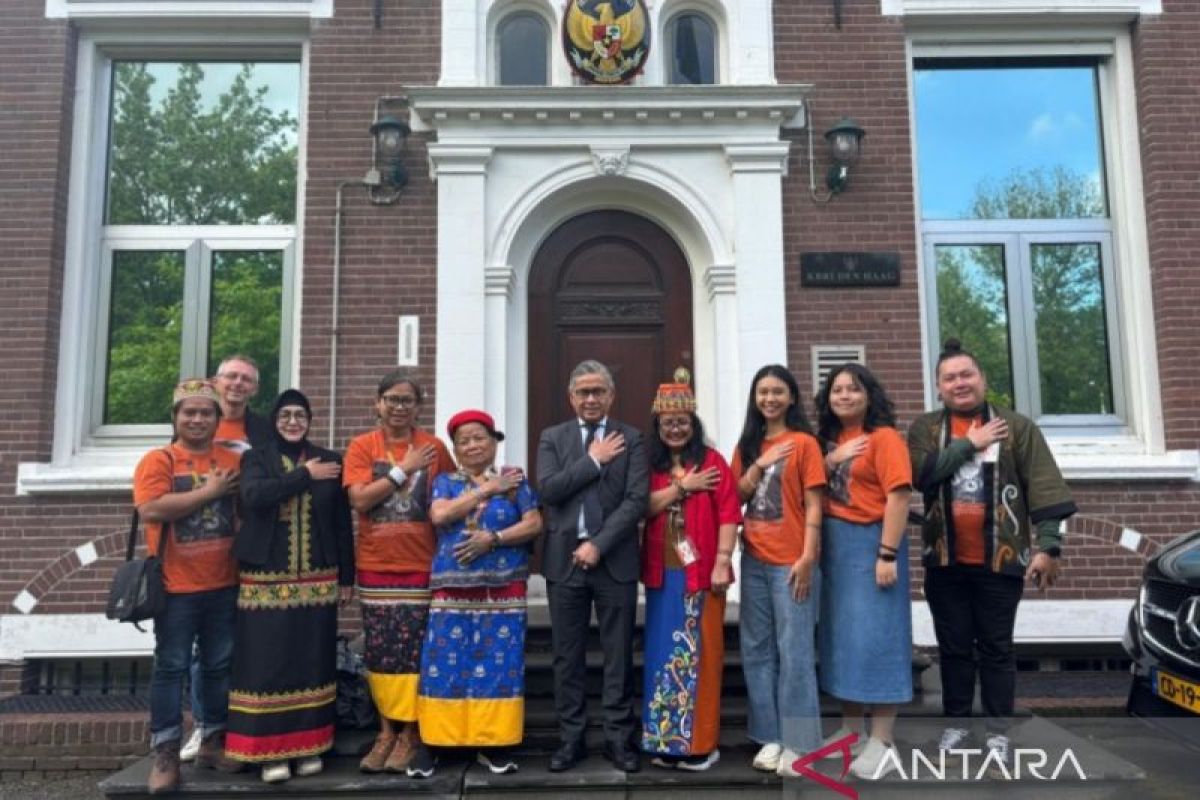
Yeq Lawing (in blue), Dayak woman with traditionally elongated earlobes from Long Pahangai, Mahakam Ulu, East Kalimantan, poses for a photo with other performers of the "Long Ears Through the Lens" cultural exhibition in the Netherlands. (ANTARA/Diskominfo Kaltim)

